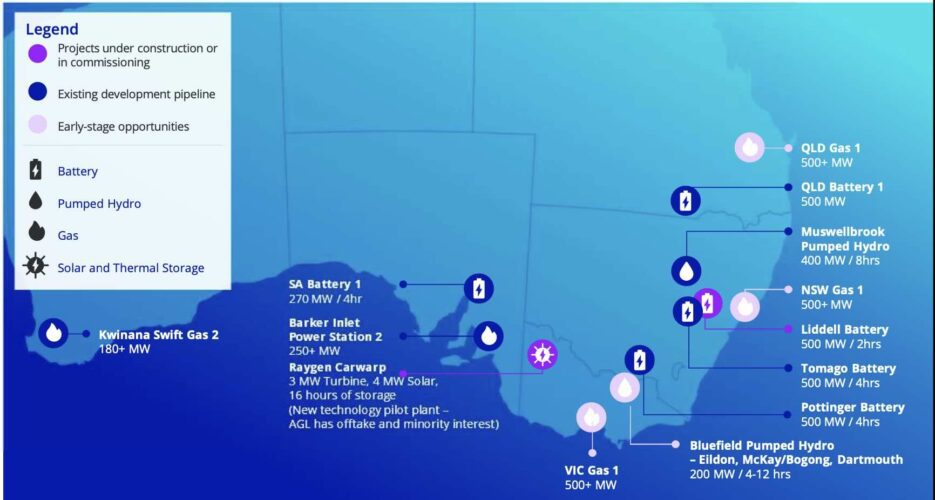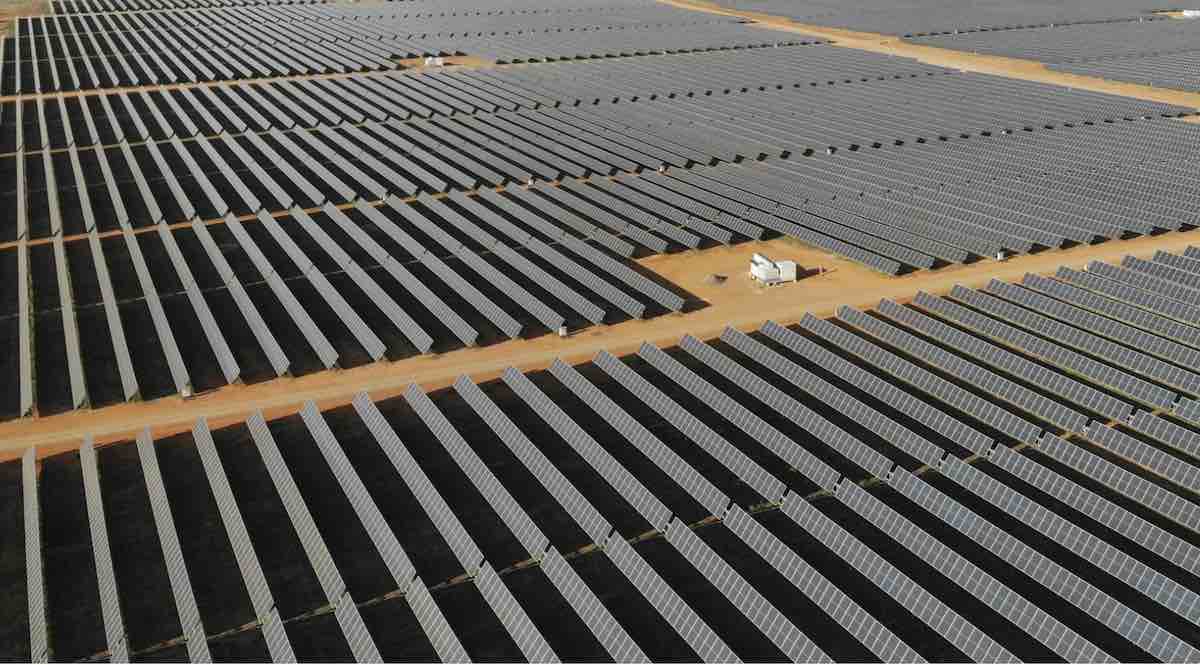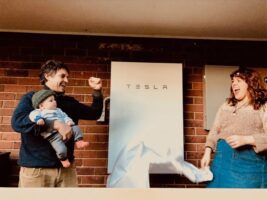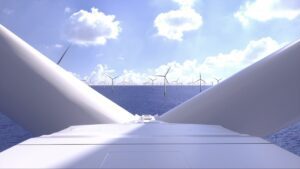AGL, which remains the country’s biggest producer of coal fired generation, says it has agreed to buy two Australian-based developers of battery storage and solar projects with a combined pipeline of more than eight gigawatts of capacity.
The announced purchase of battery storage specialist Firm Power and solar specialist Terrain Solar – for a combined price of around $250 million – is one of the most significant announcements by AGL, which has promised to close down its last two coal generators within a decade.
It also comes as AGL – whose biggest shareholder is software billionaire and spurned suitor Mike Cannon-Brookes – announced another change in leadership, with Patricia McKenzie to step down.
McKenzie, who sparked controversy by advising against rapid coal closures, will be replaced next February – after just two years in the role – by former Infigen Energy CEO and Clean Energy Council chair Miles George.
AGL has built several key renewable energy projects, but most of its developments have come through third party contracts or joint venture companies. The purchase of Firm Power and Terrain will bring the ownership of 27 projects in house.
Intriguingly, the bulk of the capacity is in battery storage – a total of 6.1 GW of capacity with storage durations of between two and eight hours, although this could change as the market evolves. Most of this capacity is in Queensland (2.7 GW) and NSW (2.3 GW).
The 1.8 GW of solar projects are also focused on Queensland – (1.1 GW) – with NSW accounting for 500 MW and smaller projects in South Australia and Western Australia. There is also a 250 MW wind project in NSW.
Firm Power and Terrain have common directors, and common ownership, although the exact shareholding structures are slightly different for each company. Either way, it appears to be a windfall for those owners.
AGL will develop most of it new “bulk energy” in the form of joint ventures and partnerships, as it has and is doing with Tilt, Someva and in its new Gippsland offshore wind project, but it wants to mostly own the battery storage assets, because they are fully dispatchable.
AGL CEO Damien Nicks told Renew Economy that the purchase would accelerate the company’s transition to renewables and storage, and the focus on storage was quite deliberate.
“The firming will be put on our balance sheet, that is how we do risk management and trade,” he said. The company already operates the 250 MW, 250 MWh Torrens Island battery in South Australia and its 50 MW, 50 MWh Broken Hill battery is now in full operation.
It is also building the 5090 MW, 1,000 MWh first stage of the Liddell battery, at the site of a coal fired power station it closed last year, and has other big battery projects in the pipeline, including in Victoria, NSW, Queensland and South Australia, and two pumped hydro projects in NSW and Victoria.

“Today’s announcement demonstrates our commitment to grow and accelerate our development pipeline, which is already 6.2 GW, so that AGL is best placed to take advantage of market conditions and prioritise developments that generate the best long-term value and be a leader in the energy transition,” Nicks said in an earlier statement.
“The Group’s development pipeline includes several mid-sized BESS projects, ranging between 200 and 500
MW and two-to-eight-hours storage duration.
“We believe this high-quality development pipeline presents strong optionality for AGL, focusing on firming
capacity which will be required to firm new renewable generation for our customer base and portfolio as
thermal baseload generation exits the NEM.”
The news came as the company announced its underlying annual net profit jumped 189 per cent to $812 million for the year to June 30, and its underlying pre-tax earnings rose 63 per cent to $2.216 billion.
It credited the boost to higher electricity prices, higher margins from its consumer business, and the performance of its new Torrens Island battery for the boost.
But it warns that profits in the 2025 financial year may not be as high, as consumer margins contract and wholesale electricity prices fall back down (although that remains to be seen).
See Renew Economy’s Big Battery Storage Map of Australia for more information.








